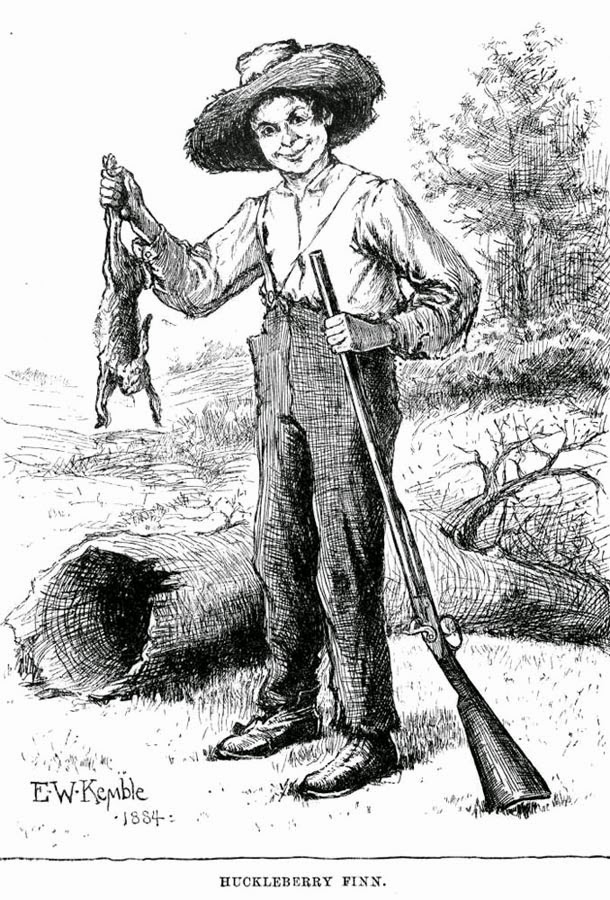Ø Egyptians
wrote their history and mythology using hieroglyphics, a language of pictograms
that we've learned to read because of the Rosetta Stone, a stele
granting king Ptolemy V the status of a god.
Ø The Rosetta Stone was written in 196 BC in
Memphis, Egypt. In Medieval times, the temple was ruined, and the stone was
used in the building of Fort Julien in the town of Rosetta, Egypt. It was
discovered in 1799 and translated by Jean-François
Champollion.
Ø Egyptian
mythology is confusing for several reasons. Egyptians were polytheistic,
meaning they believed in many gods. And, some gods have more than one name.
Egypt's ancient towns and temples
Ø Second,
Egypt had different towns and cities, each with its own patron gods and myths.
Joining them all together was hard, and had a lot to do with politics - the
most important cities wanted to have the most important gods.
Ø Sometimes,
they'd take different gods, like Ra, Ptah, and Amun, and join them together. And, they had
different wives, so how does that work? Another example, when Osiris died, he
became god of the underworld. But there was already a god of the underworld
named Ptah, so they joined into one god.
Ø And
then, people came from other lands, like Mesopotamia, Canaan, Nubia, and
Greece, and brought their gods with them. So, Egyptians had to add them in
somehow.
Ø Finally,
the Egyptian pantheon is confusing because there's no agreement on which gods
were parents to which children. The texts don't agree with each other. So,
making a family tree is very hard. Basically, instead of organizing this whole
mess, ancient Egyptian priests all shrugged their shoulders (mykali plecami)
and said, "Let's have lunch."
Ø Another
strange fact is that Egyptian gods didn't always need parents. Some of them
simply made themselves, and one god, Horus, actually gave birth to himself over
and over.
Ø The
most important belief in Egyptian Mythology was in maat, which means
order and balance. Egyptians believed they had to maintain order, because all
around them was the chaos of the desert and seas. Foreign armies came from
these lands of chaos and were evil. The pharoah's job was to protect maat.
Ren (your name)
Ba (your
personality)
Ka (your
lifeforce/spirit)
Shent (your
shadow)
Ib (your
heart)
Ø An
important symbol in Egyptian mythology is the ankh, representing eternal
life.
an ankh
Ø Oh
yeah, there was one pharaoh named Akhenaten (1350-1335 BC) who didn't like polytheism,
so he changed the official religion, and made people worship a sun god named
Aten. This new religion was monotheistic. As soon as Akhenaten died, his
son reinstated (obnovil) all the old gods, and people tried to forget Akhenaten
ever existed.
Bust of Akhenaten, 1353–1336 BC










